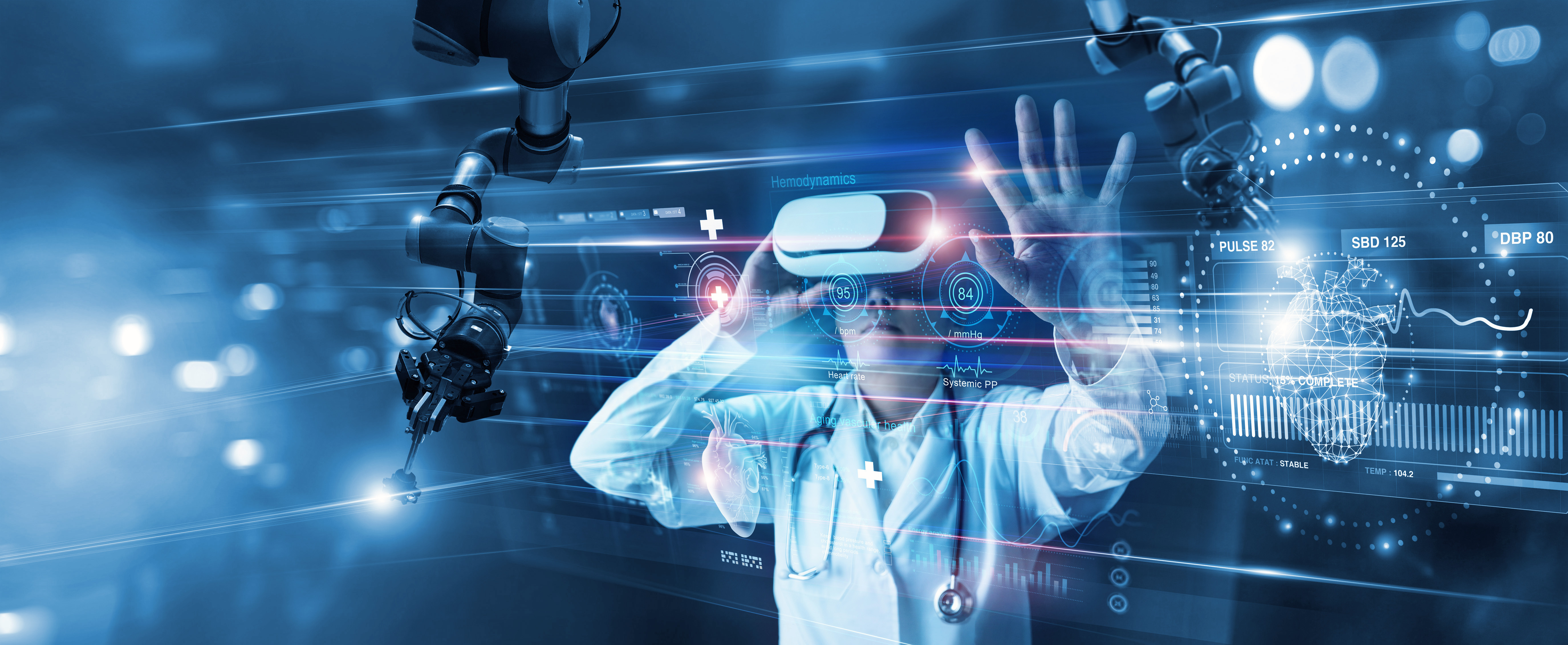The digitization of laboratories poses significant challenges for the individuals and institutions involved, particularly in terms of handling the data generated by the many devices and processes. To enable effective analysis and interpretation of the data, it is critical that it be structured and organized in a way that is accessible and understandable to all users. In this context, the entity concept plays an important role.
The entity concept describes the structuring of data by identifying entities and their relationships to each other. An entity is an object that stands for itself and is considered in the context of other entities within the system. In the laboratory, for example, entities can be equipment, samples, test results, or employees. Defining entities and their relationships to each other creates a structured data model that enables effective analysis and interpretation of data.
Using the entity concept in a digital laboratory offers numerous advantages. Structuring the data not only makes it more accessible to the user, but also optimizes it for machine processing and analysis. In addition, the concept makes it easier to search and query data and enables better integration with other systems and processes.
However, some challenges must also be considered when implementing the entity concept in a digital laboratory. In particular, the complexity and diversity of entities can make implementation difficult. Therefore, it is important to perform careful planning and structuring to achieve an optimal result.
In summary, the entity concept is a crucial factor in the digitization of a laboratory. Structuring the data makes it more accessible and easier to integrate. However, careful planning and implementation are essential to take full advantage of the concept. When selecting a digital laboratory system, it is therefore advisable to make sure that it supports the entity concept and that it is included in the planning and implementation.
What is the situation like in your day-to-day laboratory work? Is the digital transformation already in full swing - or are you still considering how to implement digitization in a targeted manner? We would be happy to actively support you on your way to Lab 4.0! Why not get in touch with us directly?
The Entity Concept in the Digitization of a Laboratory
Mar 27, 2023 11:45:00 AM / by Paul Planje posted in LIMS, Lean Lab, Digitalisation, Platform, Digital transformation, Cloud Technology, Informatics
LIMS with SAP interface
Mar 6, 2023 11:45:00 AM / by Paul Planje posted in Platform, Digital transformation, Digitalization, Data Science, Cloud Technology
What are the benefits for your lab?
The digital laboratory of the future relies on automated technologies to improve laboratory efficiency, productivity and overall research quality. The focus is often on connectivity between an existing ERP system and LIMS. LIMS stands for "Laboratory Information Management System." A LIMS is software used by laboratories to manage and organize processes and data related to laboratory activities. LIMS can encompass a variety of functions, such as sample and test management, workflow monitoring, results tracking, laboratory inventory management, reporting, and regulatory compliance. By using LIMS, laboratories can make their work more efficient and accurate by automating manual processes, standardizing data collection, improving traceability of samples and results, and enhancing quality assurance through automated controls and audits.
One of the key benefits of SAP interfaces to LIMS in the digital lab is the improvement of data integration and analysis. ERP systems can collect, manage and integrate data from different laboratory systems to generate unified data. This helps companies make decisions based on sound data. Integrating laboratory and business data provides companies with a comprehensive view of their operations and helps them respond quickly to changes in the market.
Another important function of ERP systems is to optimize business processes. The integration of laboratory systems with SAP ERP systems simplifies the process of collecting and analyzing laboratory data. Automating routine tasks and workflows in laboratory systems and ERP systems saves time and resources and reduces errors. By automating processes, companies can also reduce costs by minimizing manual intervention and repetition.
SAP interfaces to LIMS also allow for improved traceability. Integrating LIMS with ERP systems improves traceability of materials and processes from raw material extraction to final product. This helps companies quickly identify and resolve quality issues and avoid product recalls.
What's your experience in the lab? Have you had any experience connecting LIMS to your ERP? Write us about your experiences - we look forward to a constructive exchange!
Process optimization in the laboratory
Feb 6, 2023 11:45:00 AM / by Paul Planje posted in Lean Lab, Platform, Digital transformation, Digitalization, iLES, Cloud Technology, Informatics
Process optimization in the laboratory ensures that experiments are performed faster, more efficiently and more cost-effectively. There are many different ways to optimize processes in the laboratory, for example by using automated systems, optimizing workflows or introducing standardization measures. Process optimization can also help improve the quality of experiments by minimizing manual errors. If you are interested in how to optimize lab processes to achieve better results, then you should read on!
Digital inventory management
Dec 20, 2022 11:45:00 AM / by Paul Planje posted in Lean Lab, Digitalisation, Platform, _Platform, iLES, Cloud Technology
Increase your lab's productivity with digital inventory management
Digital inventory management can significantly improve the productivity of a laboratory - by ensuring that all materials and equipment are reliably available at all times to perform upcoming tests and experiments. One thing is certain: if the lab is constantly lacking materials and equipment, this can lead to delays and interruptions in the workflow, thus affecting the lab's productivity.
Responding to a changing professional environment with the digital lab
Sep 27, 2022 11:45:00 AM / by Paul Planje posted in LIMS, Lean Lab, Digitalisation, Platform, Digital transformation, Data Science, Cloud Technology, Informatics
Our professional world is changing. This is also and especially true in the numerous laboratories of Germany, Europe and the world. Studies show that so-called mid-level qualifications in particular are increasingly disappearing. While the existing core workforce of medical assistants, laboratory technicians or biological-technical assistants in many cases still learned the old, "analog" tools of the trade - including the performance of standard tasks - Generation Z employees are now moving up the ranks. The new generation is highly qualified, digitalized all around and highly trained in the areas of development, research and experiment design. Interest in non-value-added routine tasks, on the other hand: Not at all. With the digital laboratory of the future, it is possible to respond optimally to the changing professional environment.





